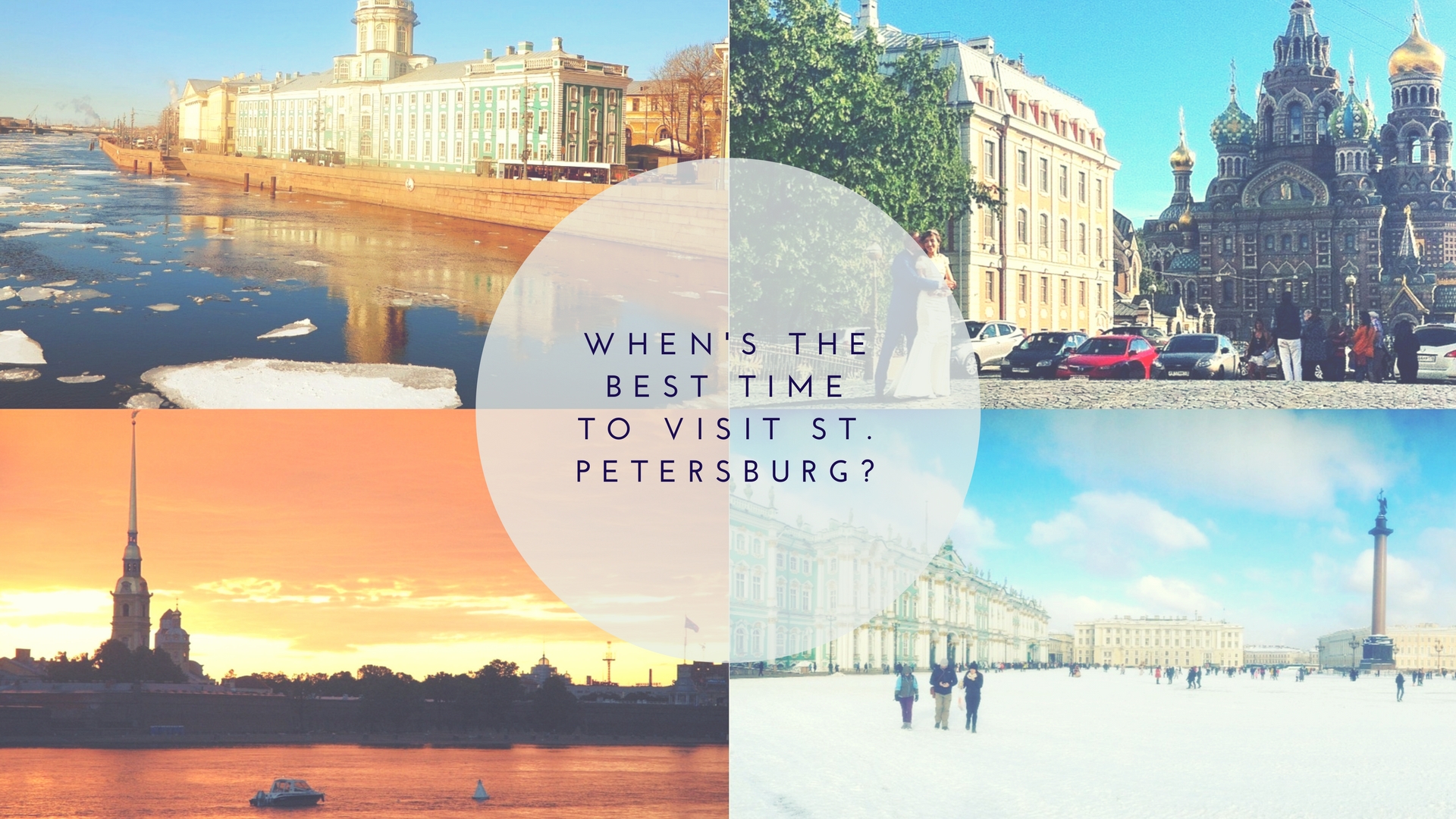
Visiting St. Petersburg in the summer is very different to visiting it in the winter. But which season is best? Here, we outline the pros and cons of visiting St. Petersburg at different times of the year.
In subarctic St. Petersburg, spring doesn’t begin until late March or early April and is finished by the end of May. Over a few short weeks, the temperatures rise and the snow melts to slush. Increasingly, the days are pleasant and dry, although it’s still a good idea to bring warm clothes to protect yourself from the residual winter chill. An umbrella for rain showers and boots for wading through slushy snow are also recommended.
Overall, spring is a good time for sightseeing. It’s still low season so you can benefit from lower prices and fewer tourists, and it’s wonderful to watch the city come back to life as ice floats down the Neva and flowers begin to peek through the frost. You can also experience Russian Easter traditions first hand, as well as Spring and Labour Day (1st May) and Victory Day (9th May) celebrations – two public holidays consisting of parades, street parties and fireworks.
From June through August, it’s officially summer in St. Petersburg. This is by far the most popular times to visit. Temperatures rise, boats cruise the Neva, and the famous fountains of Peterhof are turned on again. While this is the hottest time of the year, the weather can still be changeable so be sure to bring layers, an umbrella, and mosquito repellent to keep the mozzies at bay.
June and July are the busiest months as this is the White Nights period when the sun barely sets. This means higher prices and crowds – but nonetheless, the long days are perfect for extensive sightseeing, with cultural events, open air concerts and firework displays often running from dusk to dawn. In August, things tend to quieten down. Many locals leave the city and some of the city’s main cultural institutions – such as the Mariinsky Theatre – shut their doors until September.
Like spring, autumn in St. Petersburg is a fairly brief affair, with temperatures tending to drop pretty steeply from late September onwards. Nonetheless, there’s a lot to recommend visiting St. Petersburg during this time: it’s less busy, cheaper, and there’s something undeniably enchanting about watching the leaves turn gold in the afternoon sun.
If you love the great outdoors, autumn is a good time to visit the famous parks and gardens of St. Petersburg, as well as nearby Peterhof and Pushkin. The weather usually stays mild for several weeks, and if you’re lucky, you might even experience a Бабье лето (Indian summer). There are also fewer tour groups clogging up the museums and other attractions, which is good news for culture vultures.
This is probably the question that people struggle with the most. From November through March, temperatures rarely climb above 0°C, the river is frozen solid, and the ground is blanketed in a permanent layer of ice and snow. It’s the picture-perfect image of St. Petersburg that everyone dreams of. But is it worth braving the cold and the dark for?
Yes – if you come prepared. A good winter coat, scarf, gloves and hat. Thermals. Snow boots. The lot. Provided you’re wrapped up warmly, you can enjoy having the sights to yourself, low season prices, and the magic of experiencing St. Petersburg in the snow. For added atmosphere, consider visiting in early January for the New Year’s Eve and Russian Orthodox Christmas celebrations. Prices go up over the holiday season, but it’s worth it for the wonderful atmosphere.
As you can see, when it comes to deciding when’s the best time to visit St. Petersburg, there’s really no right or wrong answer. Each season has its positives and negatives. Provided you come prepared and plan appropriately for the season, you’re guaranteed to have a great time whenever you come.
Which season do you think is best? Let us know in the comments below or on our Facebook page. We love to hear what you think!

Students will be happy to learn that the Russian Government has today announced plans to make Russian language easier in an effort to simplify greater international engagement. …

In a previous post, we revealed that Russians don't really say “na zdarovje” when they toast. While the phrase has been popularised in English language media – and a lot of Russians will nod politely and clink glasses with you if you use it – it’s not something a native speaker would ever…
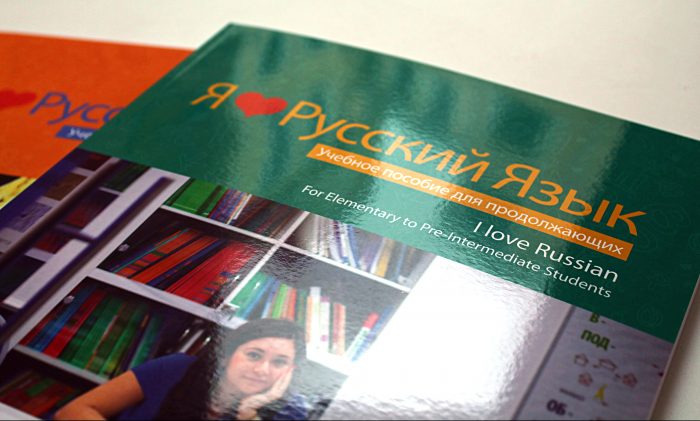
Improve your Russian while working as an expat? Mission possible! …
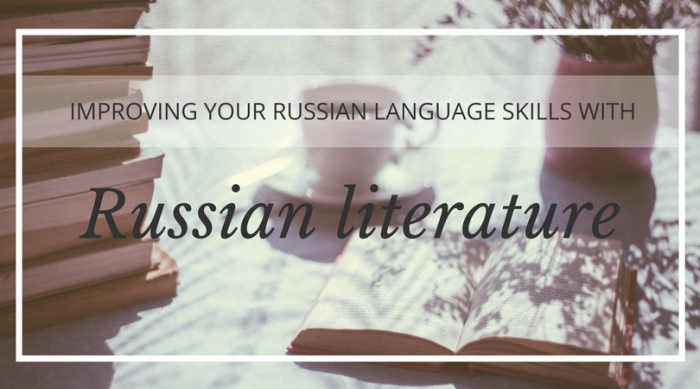
What could be a better way for Russian immersion than reading, especially when you read the books that you find interesting and that can give you a better idea of the culture of Russia? Co-founder of Liden & Denz, Walter Denz shares his experience on how reading Russian literature can improve your…

When people think about fashion I would bet they associated with places like Paris, Milan or New York. It’s undeniable that fashion is a big thing in those places. A place to visit by any fashionista. Nonetheless, there are many talented designers in Russia worth discovering. If you are passionate…
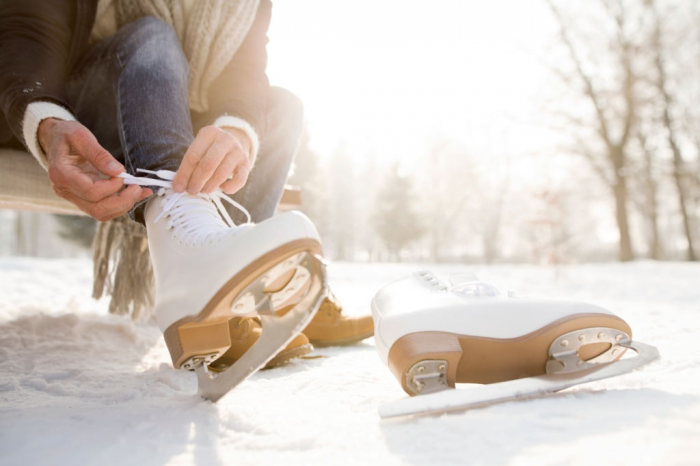
If you are afraid winter in Russia would be too much to stand – only four hours of daylight, temperature reaching -30 degrees Celsius, slippery snow everywhere – just keep in mind that, despite the minuses, there are countless things you could do in winter here. Ice skating being one of the most…
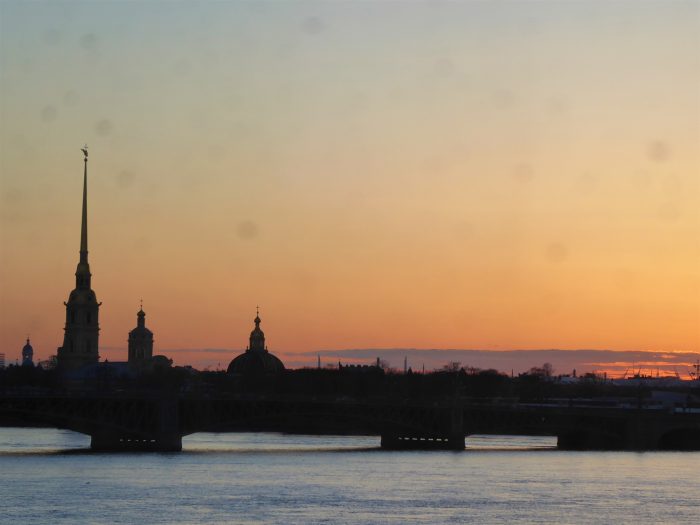
You may have noticed that Russians are highly superstitious people, and incorporate little rituals into everyday life to influence their fate. One common ritual is «загадать желание» (to make a wish). And what better place to do this than in St Petersburg, a city of magical beauty,…